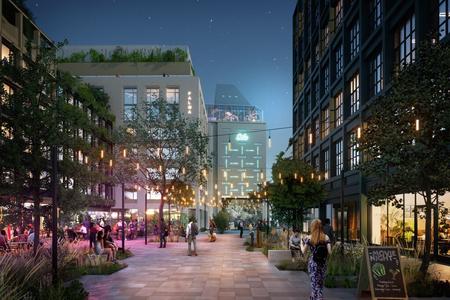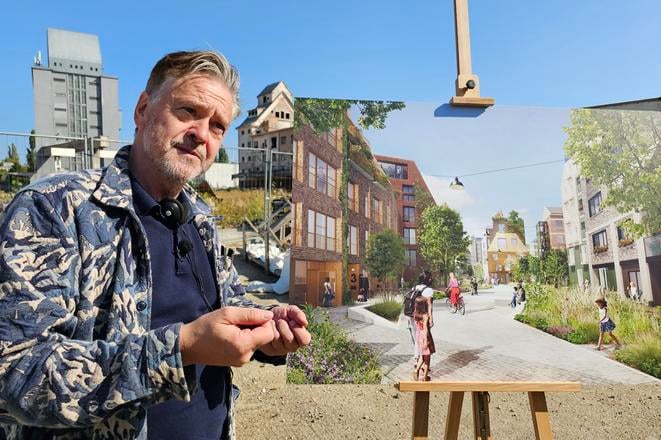The ideal of David Sim, Scottish architect and creative director of the world-famous Danish studio Gehl Architects, is to create a place that pulsates with life and where people have good everyday life. For this reason, he is not an advocate of either high-rise buildings or ultramodern architecture. He prefers architecture and urbanism that provide a better quality of everyday life, where people are close to each other.
The author of Soft City has applied the rules summed up in this book on the urban concept of the new Palma, a project to refurbish the former factory for the production of vegetable oils and fats on Račianska Street. The developer Corwin wants to transform this abandoned area of six hectares into a new district, combining preserved industrial buildings with new residential and office buildings as well as generous public spaces.

The Slovak Spectator spoke with Sim about the qualities of Bratislava, the biggest challenges of the Palma project, as well as the new downtown built on the edge of the historical centre.
Is Bratislava a “soft city”?
The historic city centre of Bratislava is a fantastic example of a “soft city”. It’s soft and has a human scale. It has this very gentle order with the streets and the square, the park, the back courtyards, all these qualities. This is not surprising because Slovakia is really at the crossroads of Europe - between North and South, East and West, getting the best of everything. I feel a very European kind of vibe here. The problem is that the centre is overused, either by tourists or because there isn't enough of this kind of human-scaled city in Bratislava.
Did the Old Town serve as an inspiration when working on the Palma project?



 David Sim (source: Jana Liptáková)
David Sim (source: Jana Liptáková)